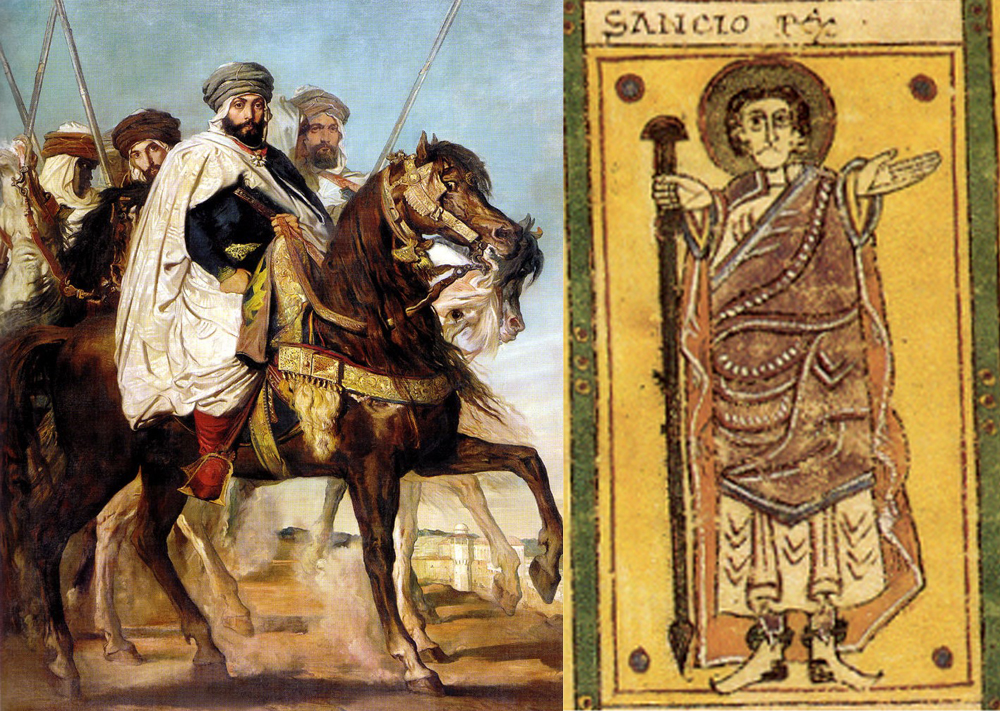
- Pamplona, c. 848. Oneka Orti, daughter of King Orti Gartzez of Begibakarra of Pamplona and Queen Auria, daughter of the Aritza tribe, was born. His news was received by the Codex of Roda and the chronicles of the historians of Al-Andalus, but they hardly express any of their character and Oneka is better known for the political influence their marriages had.

His father, Orti Garcés, was arrested by the Muslims in 860 on an expedition led by the emir of Córdoba, Muhammad I. He was transferred to Córdoba, where he remained in the golden cage for the following two decades. During a long luxury captivity, Oneka was accompanied by her daughter; we don’t know if she was caught with her father or sent to the Emir court, but two years later, Oneka is a teenager who married – or did – Abdullah, the son of Emir. The relations between the Christian slaves and the Muslim authorities were common; two years ago, in this same section, we brought the case of the Vascon slave Subh, which became the favorite of the caliph. But it was one of the few marriages between real Christian and Muslim families. In addition, the union of the Omeya and Aritza dynasties enabled collaboration between the two main kingdoms of the Iberian Peninsula.
Oneka had three children. Muhammad's son was named successor to the throne, but was killed in 891 and, finally, Oneka's grandson, Abd ar Rahman, achieved the position.
But before, in 882, Oneka returned to Pamplona with his father, leaving behind his children. He married his cousin Azearen Antso de Larraun, with whom he had three children. The daughters of Tota and Antsa would marry the members of the Semeno family, which enabled the union of the Aritza and Semeno dynasties of Navarra.
The Roda Codex questions all that chronology; it says that Oneka was born earlier, that his first wedding was with Azea Antso and then married Abdullah. But the order of the factors does not change the product: thanks to it the three tribes came together.
In the following century, Subh, who arrived in Córdoba as a slave, had a great influence in the future, performing in practice regency tasks. But Princess Oneka was a mere instrument. That is a very effective tool.